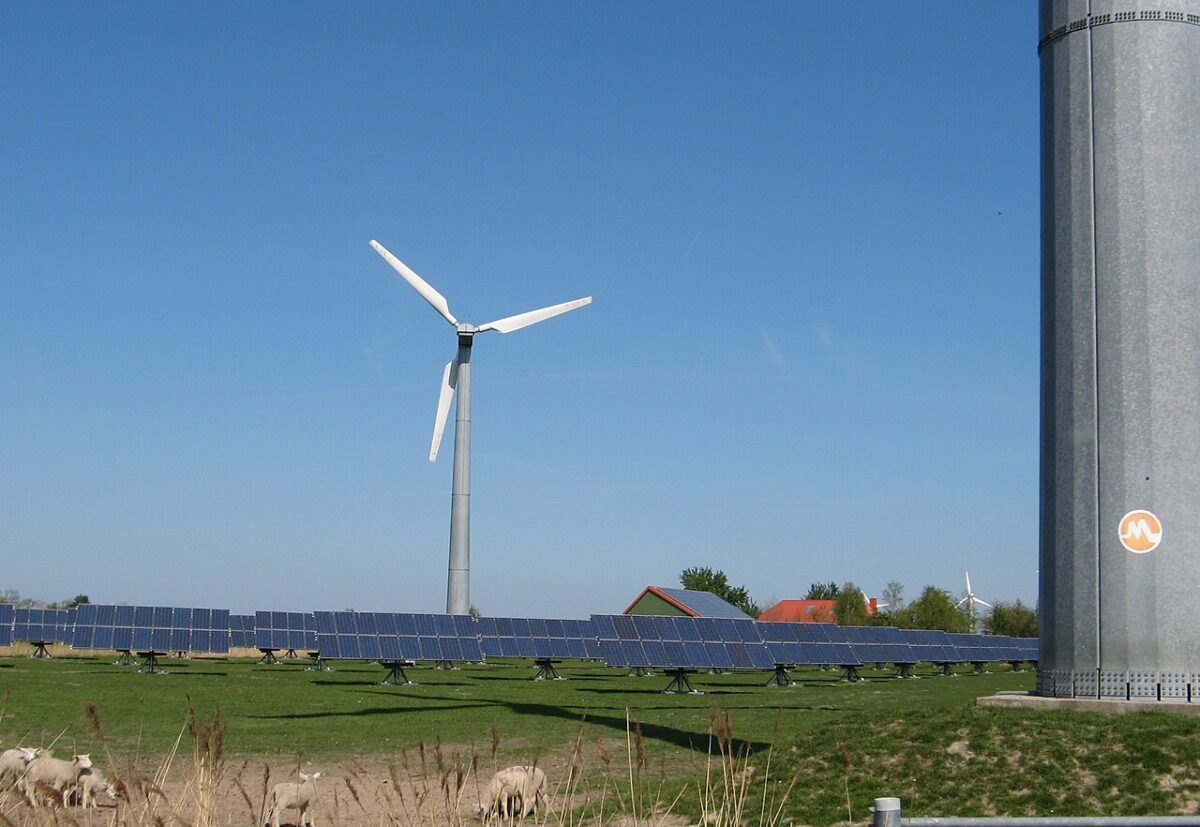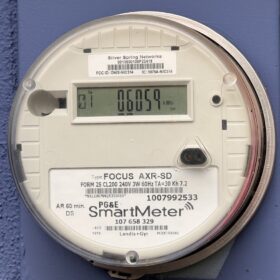The early end of federal tax credits for solar and wind projects may lead to many canceled proposed projects as the economic viability has come under question.
“We conservatively estimate that more than 320 proposed wind and solar projects with a total capacity of over 100 GW would no longer be economically viable, making it significantly harder, if not impossible, to attract capital and meet key development milestones,” said a report from FTI Consulting.
Before the One Big Beautiful Bill Act (OBBBA) passed, the 48E and 45Y tax credits were available to projects until the United States achieved a 75% reduction in greenhouse gas emissions from 2022 levels, expected to persist well into the mid 2030s.
Now, under OBBBA, solar and wind projects that begin construction after July 4, 2026 must be “placed in service,” meaning reaching commercial operations, by Dec. 31, 2027.
Projects that begin construction before the July 4, 2026 cutoff can be eligible for tax credits if a “substantial portion” of the project is built. These projects are “safe harbored” and can gain the tax credit if they are placed in service by mid-2030. Based on a Trump executive order following the bill passage, the Treasury is directed to more strictly interpret safe harbor rules.
Keith Maritn, partner, Norton Rose Fulbright, said to qualify for safe harbor designation, projects likely will need to “incur” at least 5% of the project’s cost. It remains to be seen what the Treasury’s guidance will be on the “start of construction” requirement.
What’s more, foreign entity of concern (FEOC) restrictions begin in 2026, which seek to limit project content or ownership from Chinese entities or Chinese-influenced entities. Read a three-step process for vetting your project’s compliance with FEOC here.
FTI Consulting estimates that 54 GW, or 11% of solar and wind queue capacity, are likely to be impacted by the tax credit cuts for projects planned from 2026 through 2029. Another 49 GW, or 43% of proposed projects planned for 2030 through 2034 are likely no longer financially viable, said FTI Consulting.
The business consultancy said these changes to clean energy industrial policy threaten to derail critical infrastructure deployment at a time where the U.S. power grid faces elevated capacity and energy risks.
It noted grid operators in ERCOT and PJM project record-setting load growth of 53 GW and 37 GW (63% and 25% of 2023 observed peak load, respectively) through 2030.
The expected load growth in ERCOT and PJM “highlights the urgent need to accelerate generation capacity expansion to support economic activity.”
FTI Consulting said the removal of planned projects comes at a time when reserve margins are shrinking and capacity shortfalls loom may undermine the grid’s ability to support the United States’ AI and manufacturing ambitions.
It warned that the passage of OBBBA could be deemed a force majeure event under existing offtake agreements, allowing utilities to default on contracts for projects rendered economically unviable.
“Utilities will need to seek alternatives less affected by H.R. 1 [OBBBA] to bridge capacity shortfalls. Without coordinated policy and regulatory support, however, the risk remains high that the U.S. power grid will not be able to support the next wave of technological and industrial expansion,” said FTI Consulting.
This content is protected by copyright and may not be reused. If you want to cooperate with us and would like to reuse some of our content, please contact: editors@pv-magazine.com.









By submitting this form you agree to pv magazine using your data for the purposes of publishing your comment.
Your personal data will only be disclosed or otherwise transmitted to third parties for the purposes of spam filtering or if this is necessary for technical maintenance of the website. Any other transfer to third parties will not take place unless this is justified on the basis of applicable data protection regulations or if pv magazine is legally obliged to do so.
You may revoke this consent at any time with effect for the future, in which case your personal data will be deleted immediately. Otherwise, your data will be deleted if pv magazine has processed your request or the purpose of data storage is fulfilled.
Further information on data privacy can be found in our Data Protection Policy.